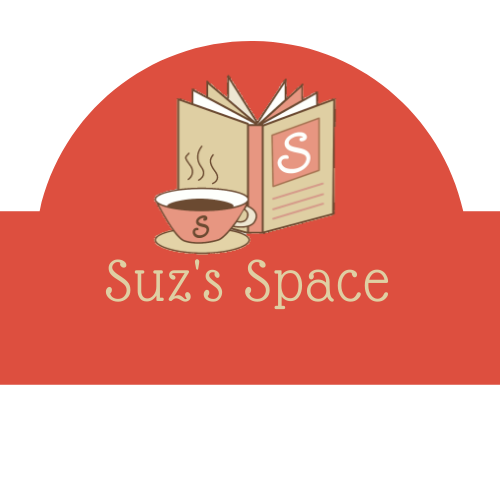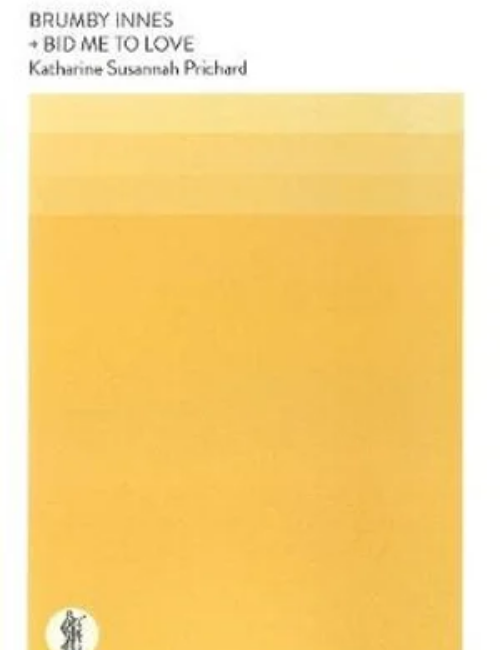This book contains two plays written by Katharine Susannah Prichard. I’m only talking about the first one as I’ve not read the second. Brumby Innes was a text we studied during the unit on Australian Literature. I found it problematic. It deals with the turbulent relations between the sexes and the races in north Western Australia in the time it was written, 1927.
Warnings:
I’m putting this here, first. This is not an easy play to read because of the treatment of the women and the treatment of the Indigenous.
If you’re triggered by mention of rape then I suggest you stop reading now. If you’re triggered by the enslavement of the Indigenous (something that happened far too often) stop reading now.
Onto the play
In this play we see how Brumby Innes deals with both women and the Indigenous. He seems to feel he has every right to rape whichever woman is around, and also enslave the Indigenous people in the area.
There’s the white woman, May. She’s engaged to someone else but Innes rapes her. He is rewarded by being told to marry her, while she is victimised from then on by being forced to marry him. He seems quite happy with this as it means he’s then got this pretty woman on hand for him to do as he wishes while her wishes and needs are totally ignored. Basically, he is rewarded for being an obnoxious git something that still happens in some societies today.
The Indigenous receive a fairly rough trot in this. They are enslaved, having to do much work for very little. Innes takes the Indigenous women when he wants. He shoots at them and takes a 13 year old girl for himself. In the end he’s acquitted without a stain on his character.
The Indigenous in this play outnumber the whites. Only four white characters while there are ten Indigenous. The Indigenous speak their own language with a glossary at the back of the text, they also speak a bit of pidgin English.
I’ve already mentioned some of the problems I have with this text. The author is white, she did actually go and live in the area for a few months to learn more about how things actually worked in that place, at that time so kudos for that. But, it was only a few months, if she’d been there longer and delved deeper into the issues I’d be happier. If she happened to be Indigenous I’d be even happier as this is basically a white person telling us what happened to the Indigenous.
Some of the scenes are very interesting. It’s hard to see with just the words on the page, but if you have the advantage of having a classroom with some acting students who can figure out what else might be happening a different story emerges. There’s one scene where the Indigenous woman, Polly, seems to have no agency, she’s just making tea. With the acting students talking about how they could fiddle with the lighting or bring her to the forefront in other ways, I got to see how Polly had a great deal more agency than I’d thought. This is where I love having different types of students in the classroom, they give a different depth to things.
Leaving all I’ve said aside, this is actually an important play. Let’s look at the era for a moment. 1927 is only 28 years after women were given the vote in Western Australia and they had only been allowed to stand for Parliament for seven years and the first woman in the Legislative Assembly was only elected six years previously. Edith Cowan was actually the first woman to win an election anywhere in Australia. It was a totally different time to now, women were at the very beginning of becoming properly emancipated. This play highlights how little had actually changed despite these advances and how much the men had to change in order for real advancement to happen. We see how May’s uncle thinks the best thing for May, having been raped by Innes, is to marry Innes and John Hallinan realises his mistake afterwards but divorce wasn’t possible in those days so she had to just do the best she could.
This play is set long, long before the Indigenous are treated as people. During WWI Indigenous signed up to go and fight because they felt the need to do their duty and also because bullets don’t discriminate and, on the battlefield, neither do white men. It was a place for the Indigenous to be equal with whites. On their return they were then treated as animals or slaves again, but for a short time they were people. Brumby Innes highlights this treatment in Australia.
For these reasons, it is an important text. The fact that it makes me uncomfortable is totally irrelevant. Should you wish to let me have a few cents of affiliate fees and buy the book to read for yourself here’s a link. It may also be available at a library.

